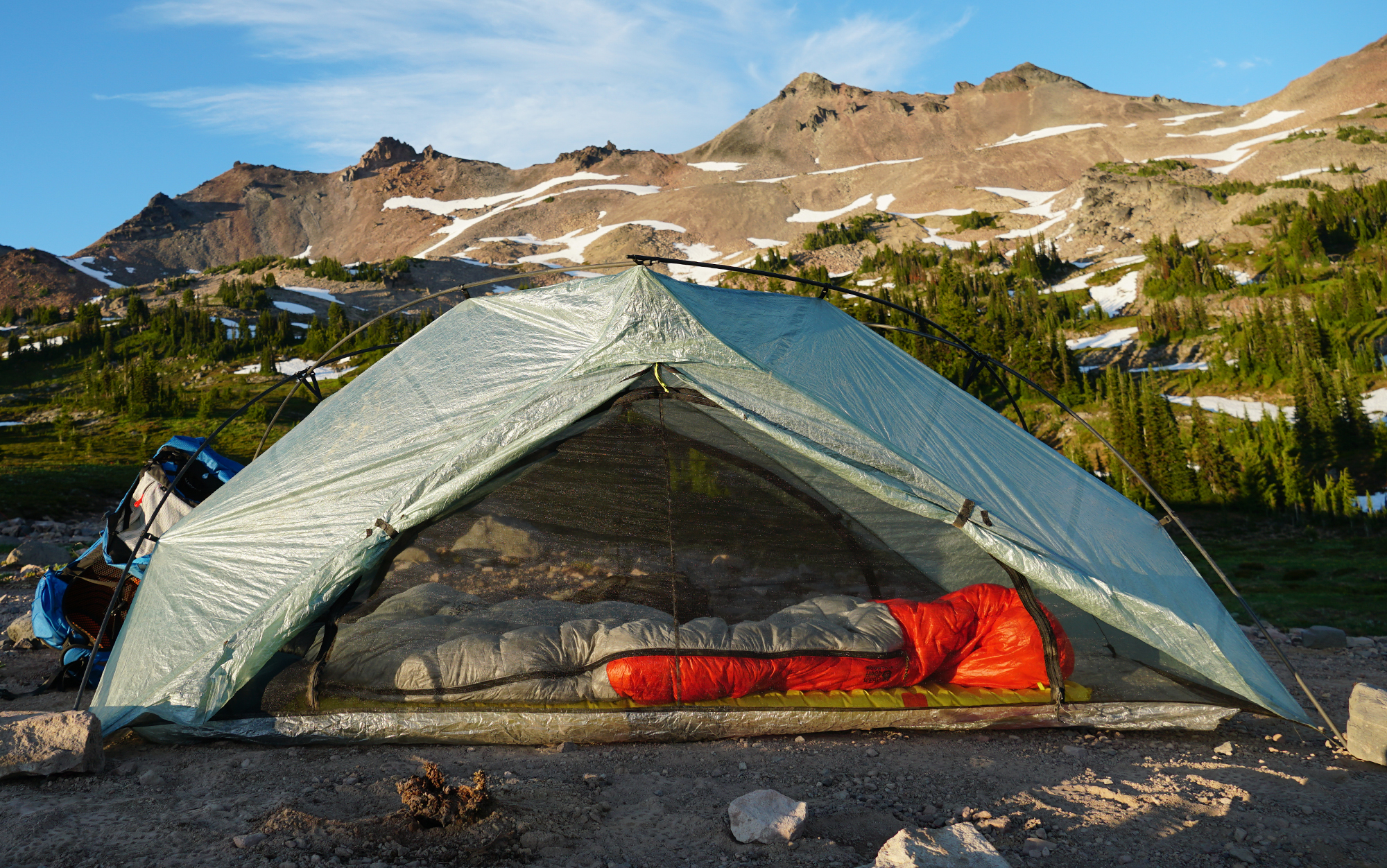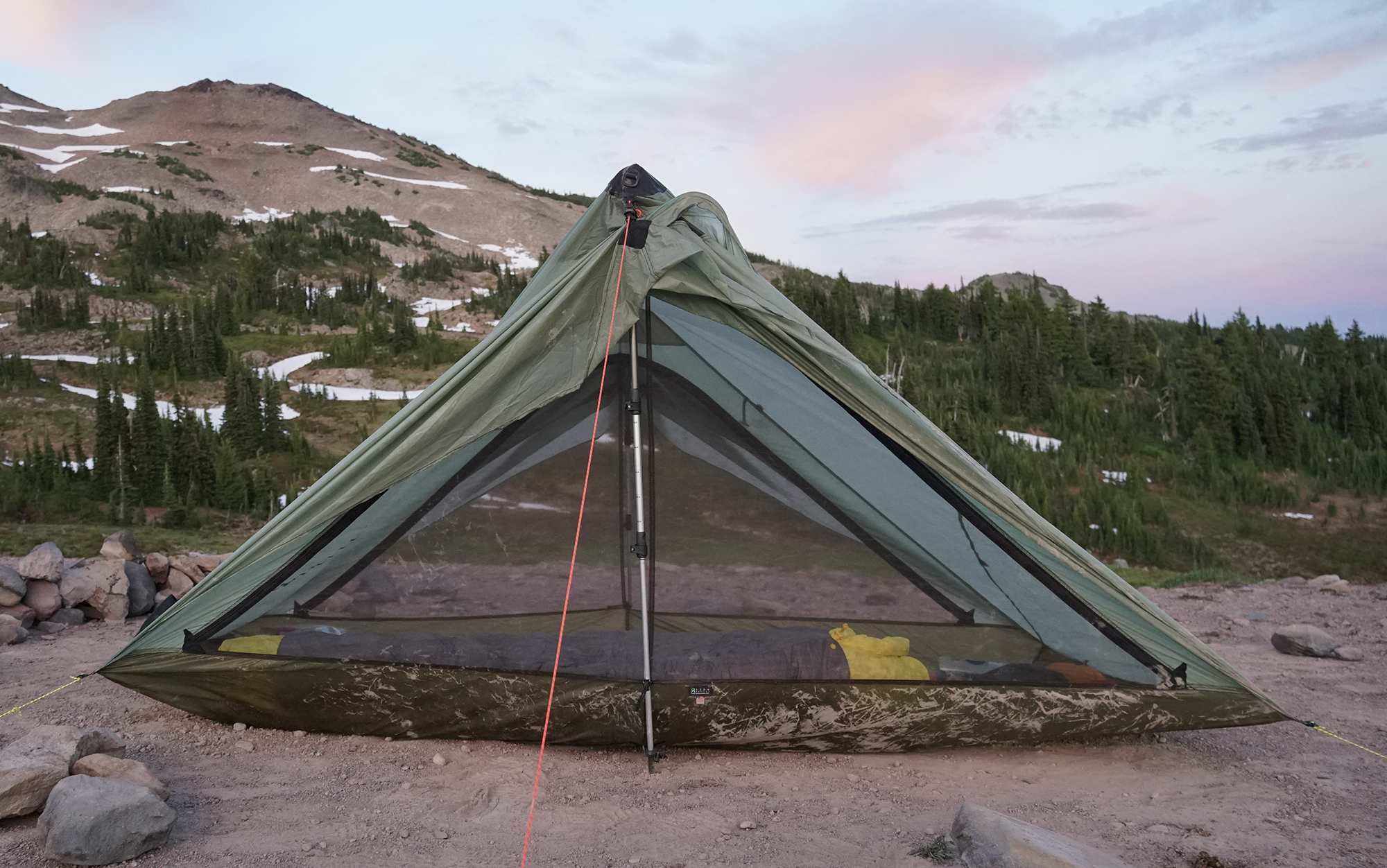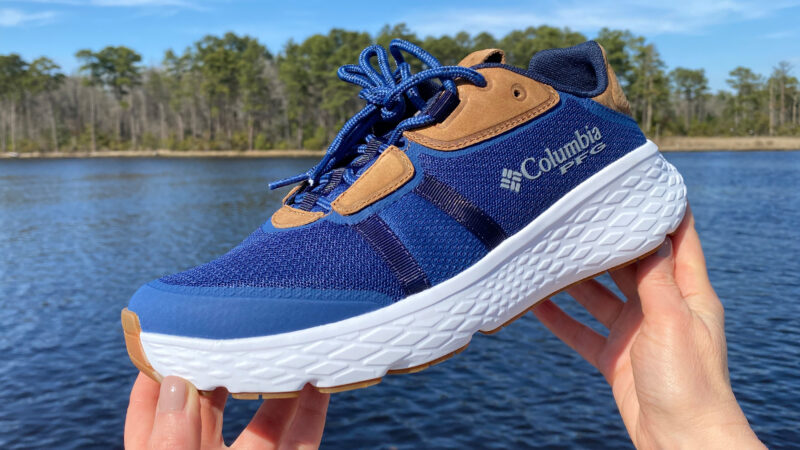Freestanding vs Non-Freestanding Tents: The Pros and Cons of 2 Ultralight Designs
We may earn revenue from the products available on this page and participate in affiliate programs. Learn More ›
One of the first decisions you have to make when deciding on a backpacking tent is freestanding vs non-freestanding. Freestanding, means you don’t need to stake out the tent in order for you to shelter inside. Non-freestanding tents use trekking poles or static poles to raise the tent, but they also rely on the tension from staking to stay upright.
There are pros and cons to both types, and we took top tents from each category into the field this spring on our annual backpacking gear test. Two of our favorites are the Zpacks FreeZip and Seek Outside Sunlight. This premium semi-freestanding shelter and USA-made trekking pole tent highlight the best qualities of each category.
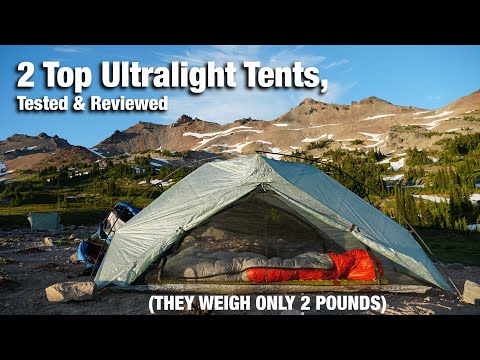
Staking
Alpine and desert environments where exposed rock and hard ground abound are notoriously difficult to stake into. It’s a relief at the end of a long day to be able to set up your shelter without worrying about finding a patch of stake-holding ground. If more often than not you’re setting up camp on too-soft or too-hard surfaces, the peace of mind of a freestanding, or even semi-freestanding, tent can’t be overstated (semi-freestanding means that you can erect the tent without stakes, but you’ll lose real estate inside).
If you’re using a non-freestanding tent on hard ground, you have to get more creative. You can tie your guyline to a rock or leverage your stake against a rock. Macgyvering your setup does take time, and it can be frustrating when your hiking partner is already cooking dinner outside their freestanding tent.
However, if you’re usually camping on dirt, sand, or otherwise stake-friendly terrain, a trekking pole tent is a great way to save weight and space.
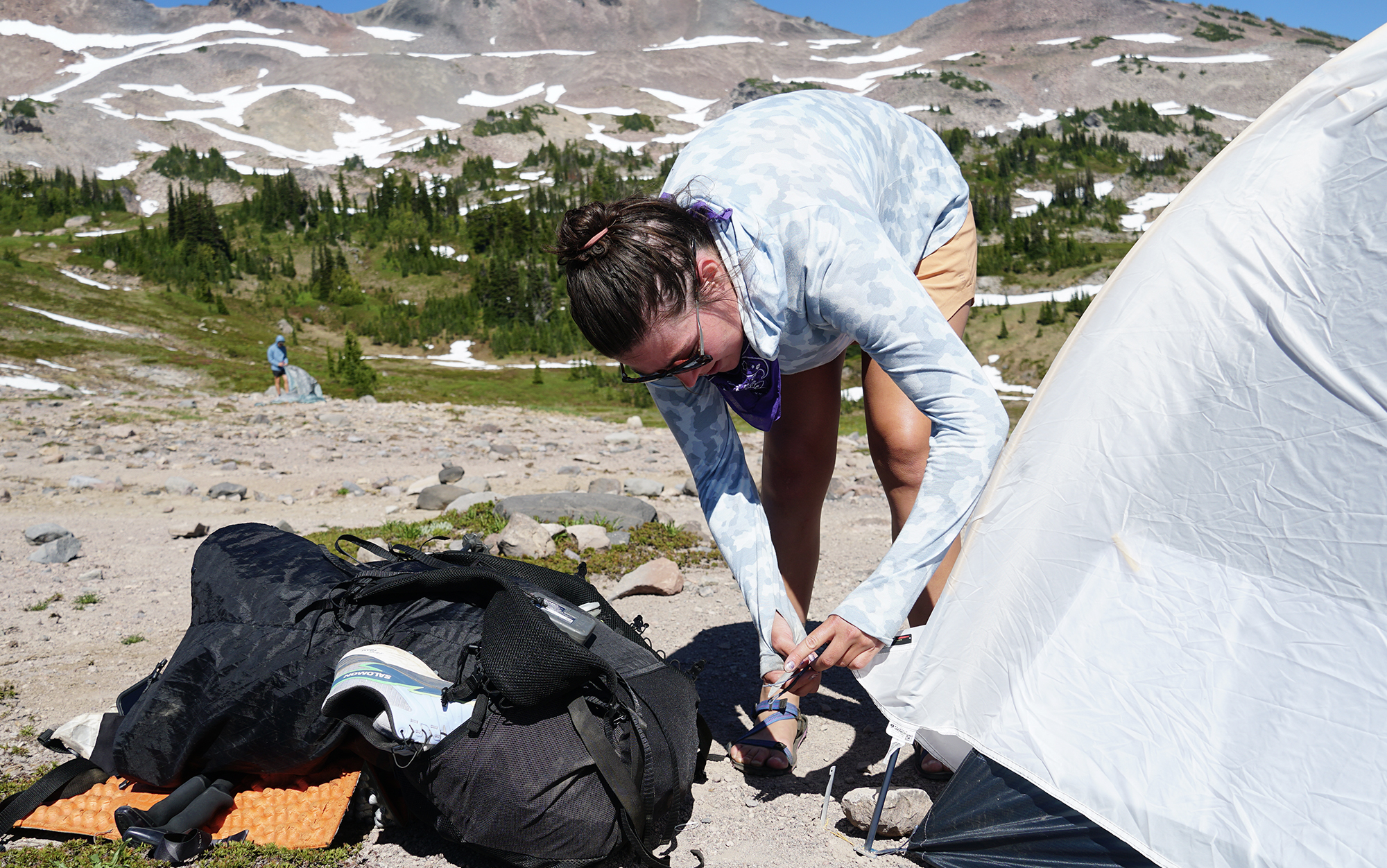
Alex Robins
Weight
Freestanding tents are heavier than trekking pole tents because you have to carry tent poles, instead of relying on the trekking poles you’re already carrying. Some non-freestanding tents offer an option to buy poles if you don’t always carry trekking poles. Based on the average weights of freestanding tents vs non-freestanding tents in our backpacking gear test, going with a non-freestanding tent will save you about half a pound.
Structure
There are a couple pros to the structured design of a freestanding or semi-freestanding tent. You can set up the tent, and then decide on a location based on how it’ll fit. Or if you need to move spots, it’s much easier. There’s also the possibility of shaking out your tent at the end of the night. Dumping debris out of the inside of a non-freestanding tent is harder without poles keeping the tent open.
Interior Space
During testing we found that the two-person trekking pole tents had an impressive amount of interior space thanks to the A-frame design. Some semi-freestanding tents on the other hand tapered to a single high point. Interior space varies greatly by individual tent design, but it’s worth comparing the dimensions.
Cost
Non-freestanding tents usually cost less than freestanding tents because you aren’t paying for poles. Assuming you already have trekking poles, it’s a great way to save money.
Durability and Weather Resistance
The durability and weather resistance of your shelter depends more on individual tent design than the structure category. In heavy winds a freestanding structure might have a general advantage because a non-freestanding structure has more fail points. While very sturdy, if a guyline snaps or becomes unstaked on a trekking pole tent, the whole thing could come down more easily.
While it’s most common to see double-wall freestanding tents and single-wall non-freestanding tents, that’s not always the case. Double-wall tents have the added weight and setup time of a rain fly, but also offer another layer of weather protection. Single-wall tents require more ventilation to avoid condensation in your shelter because there’s only one layer of weather resistant fabric.
Freestanding vs Non-Freestanding Tents Field Test
Here’s a look at two of our favorite ultralight tents from Outdoor Life’s 2024 backpacking gear test to give you an idea of how freestanding and non-freestanding tents perform in the field.
Freestanding Tent: Zpacks FreeZip 2P
- Dyneema Composite Fabric
- Weight: 2 lbs. 2 oz.
- 44 x 86 x 43 inches
- Two doors
- Two year warranty
- Price: $900
One of the stand-out freestanding tents from Outdoor Life’s 2024 backpacking gear test is the Zpacks FreeZip 2P. It won the best upgrade award in our test of ultralight tents because it’s bombproof in heavy winds, and weighs only 2 pounds.
The single-wall and semi-freestanding design make it easy and quick to set up and take down. This shelter is secure, homey, and maximizes a small footprint without the stress of finding stake-able ground. The single-wall design does invite the possibility of condensation in humid or wet weather and the ultralight materials come at an ultra high price.
Non-Freestanding Tent: Seek Outside Sunlight
- Ripstop silnylon
- Weight: 2 lbs. 15 oz.
- 99 x 60 x 50 inches
- Two doors
- Limited lifetime warranty
- Price: $450
There’s a learning curve to constructing non-freestanding tents, but the Sunlight’s simple setup and innovative door design made it stand out to us. Once you get it pitched properly, it’s impressively sturdy. During our testing it outperformed a freestanding tent on a windy ridgeline where staking was a chore. If you’re new to trekking pole tents, this one is easy to get the hang of. And it’s made in the USA. It just weighs more than most trekking pole tents, and the optional poles aren’t as effective as trekking poles.
Check out our field review of these freestanding and non-freestanding tents in our video: Top Ultralight Tents
Final Thoughts
Backpackers will always debate the merits of freestanding vs non-freestanding tents, but the reality is that they’re both capable categories of shelters. If you’re the type of hiker who wants to cover as many miles as possible and spontaneously set up camp at the next flat-ish spot you see in a snap, then a freestanding tent makes the most sense for you. On the flipside, if every ounce counts and you’re willing to be pickier with your sites to save half a pound, then go with a non-freestanding design.
The post Freestanding vs Non-Freestanding Tents: The Pros and Cons of 2 Ultralight Designs appeared first on Outdoor Life.

